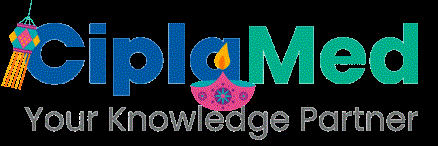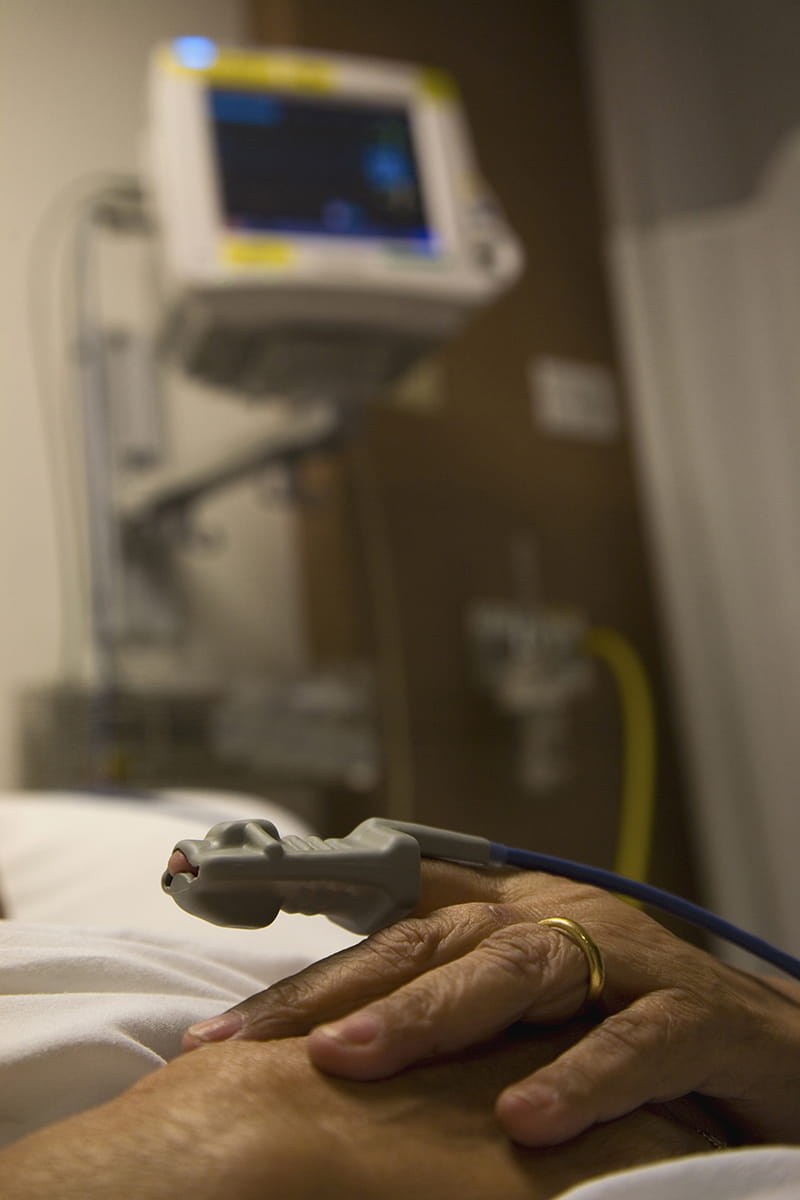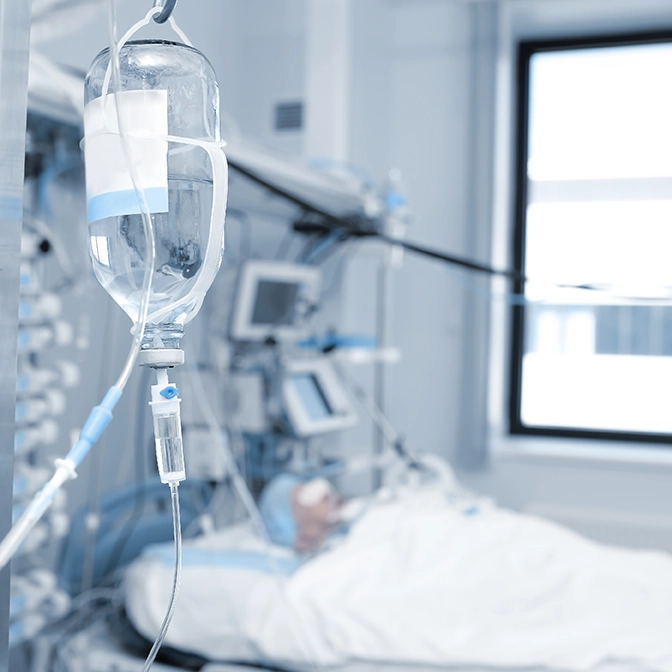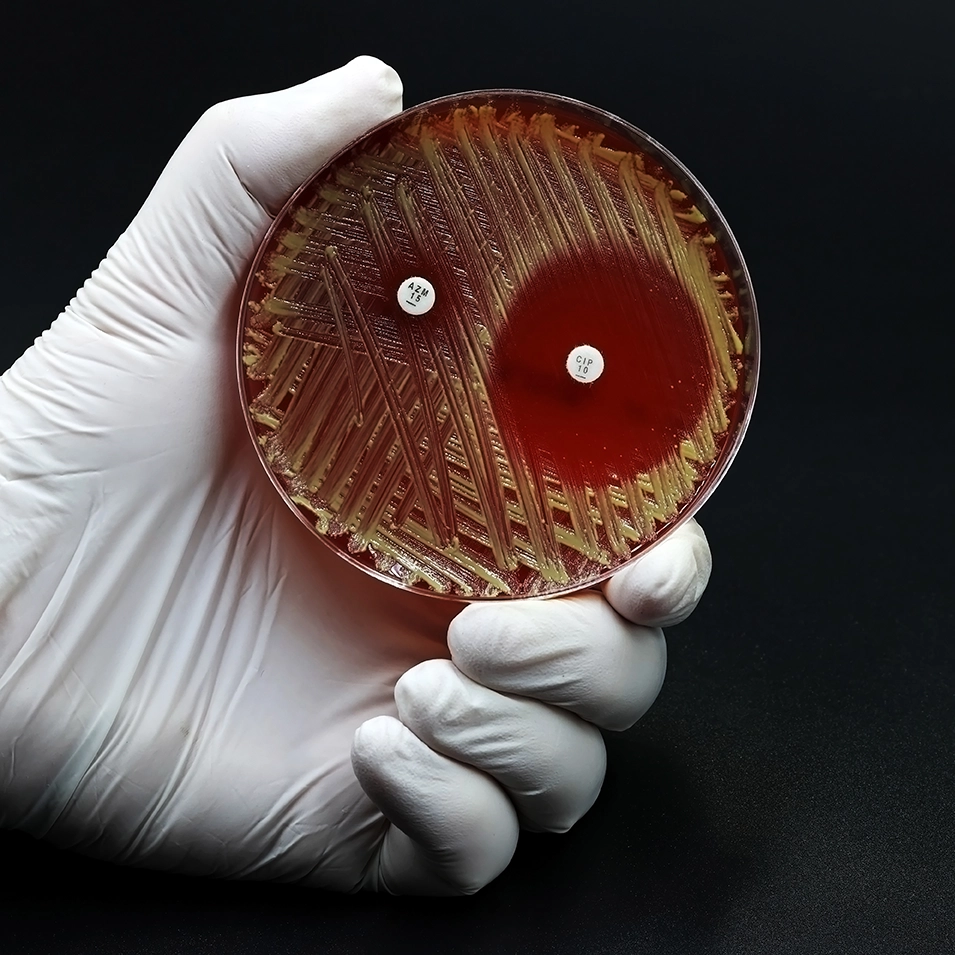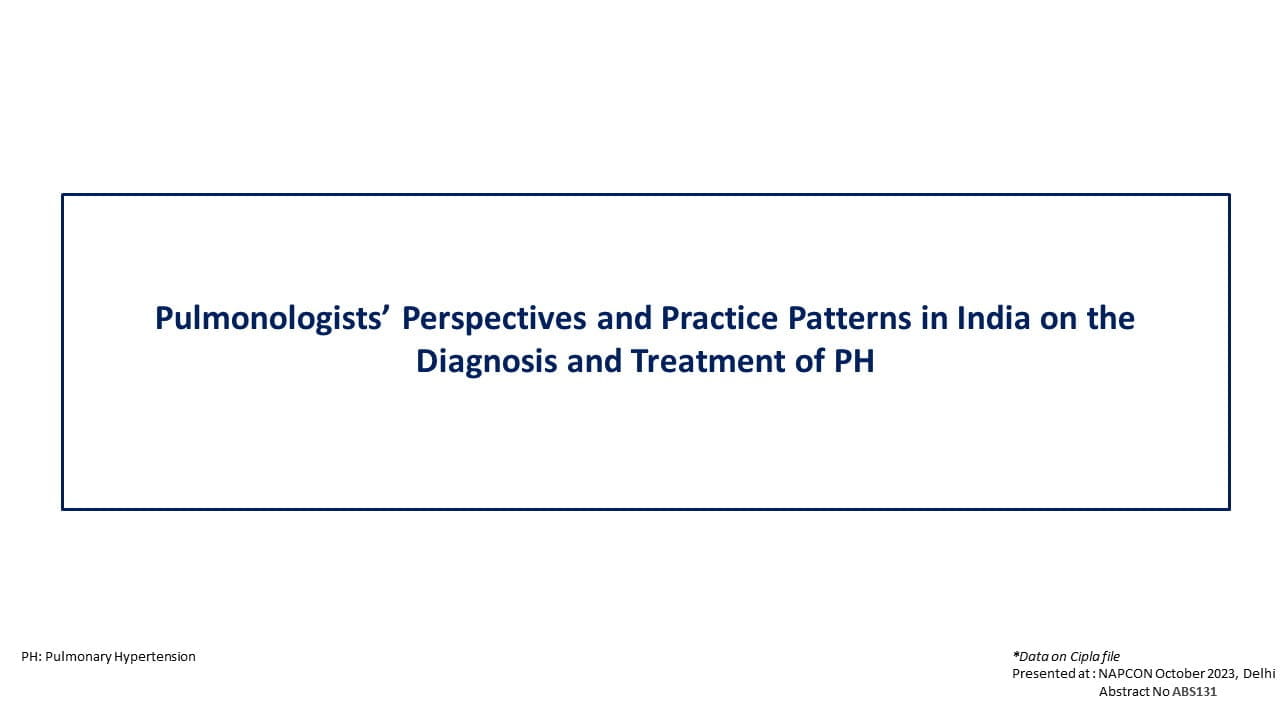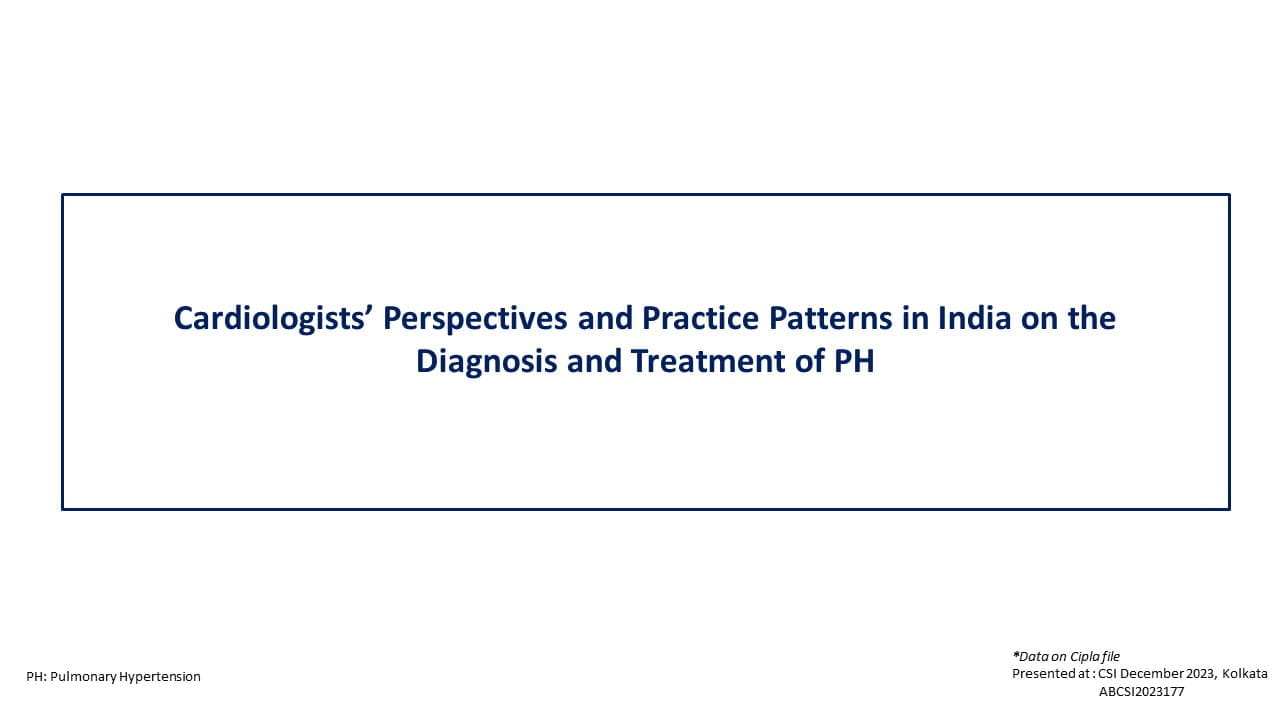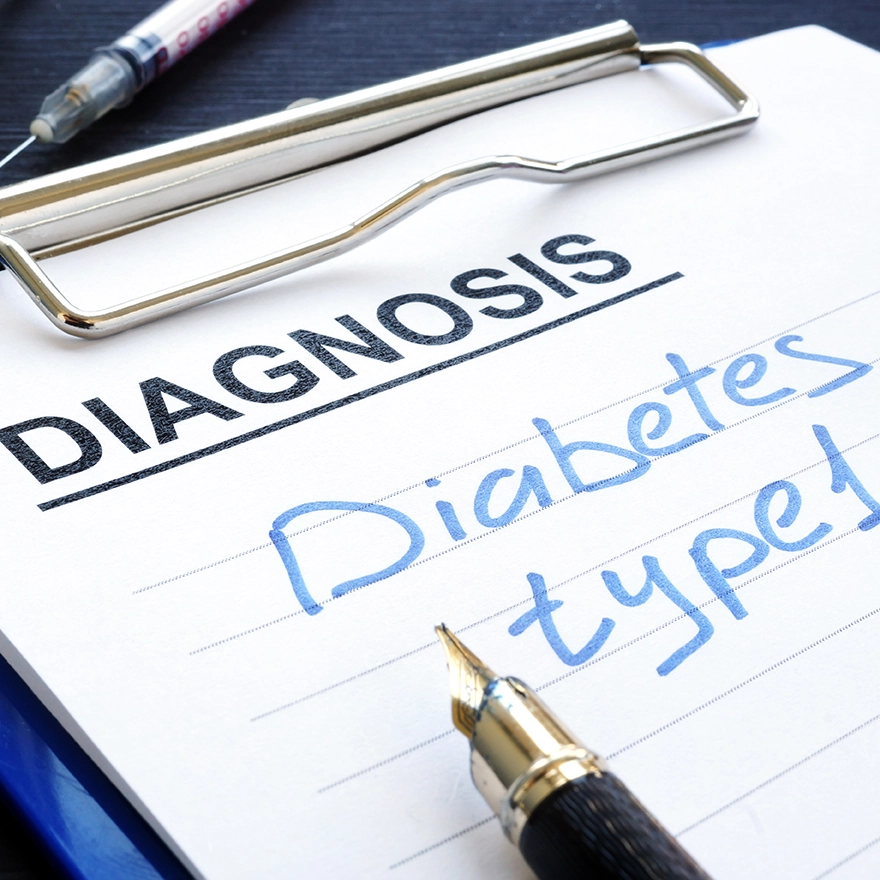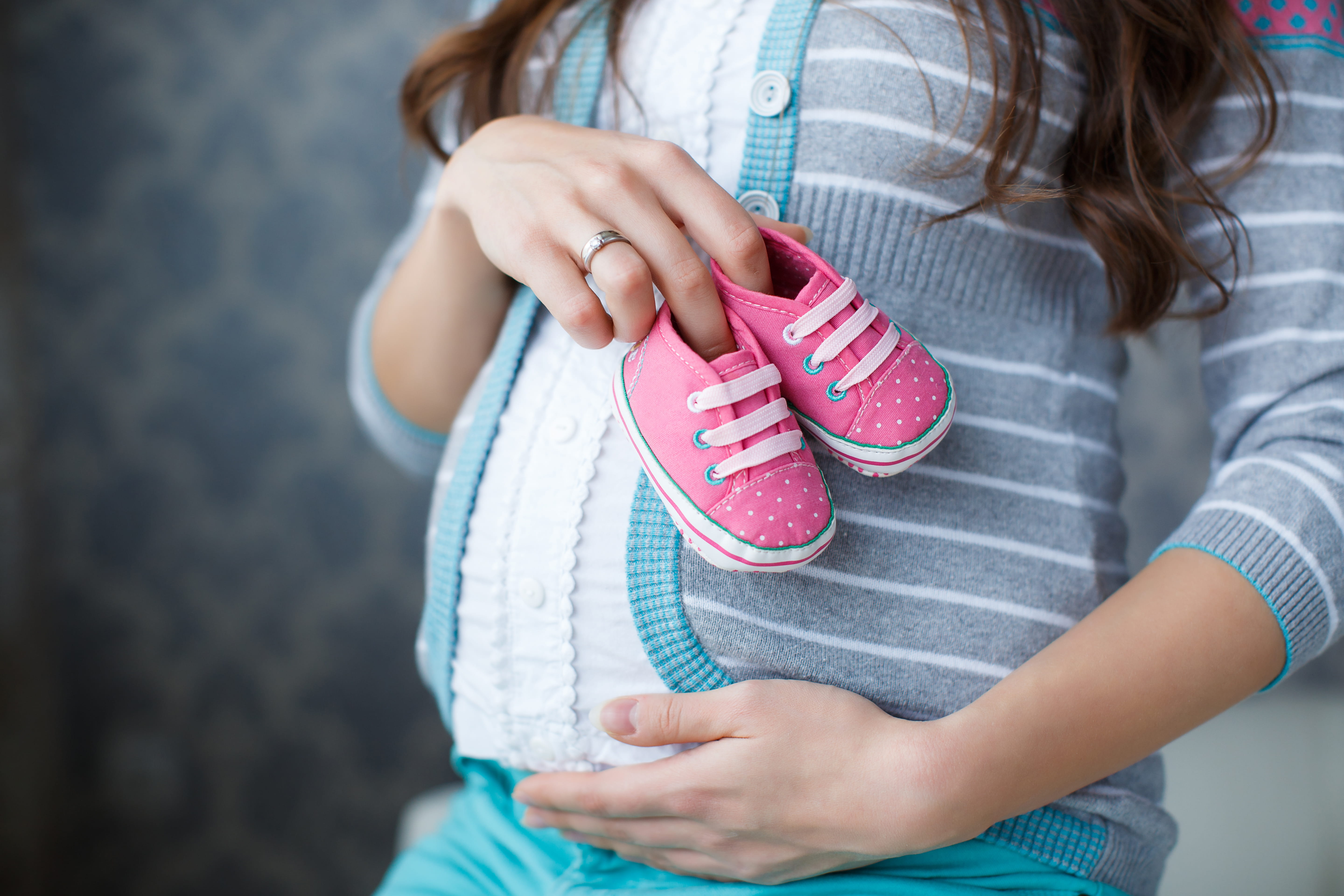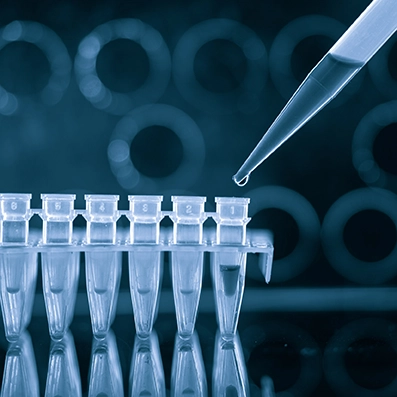Introduction
In-vitro fertilization (IVF) and intracytoplasmic sperm injection (ICSI) are the most common assisted reproductive techniques. Recombinant human follicle-stimulating hormone (rhFSH) is used for controlled ovarian hyperstimulation in IVF/ICSI.
Aim
To evaluate the safety and effectiveness of rhFSH in infertile women undergoing IVF and to identify predictors of ovarian response that induce optimal clinical outcomes.
Patient Profile
- N=516 infertile women aged 19–39 years with a menstrual cycle of 25–35 days scheduled to undergo IVF after ovarian stimulation
Methods
- Multicenter prospective cohort study
- Controlled ovarian stimulation induced with rhFSH along with agonist gonadotropin-releasing hormone (GnRH) protocol (n=136) or GnRH antagonist protocol (n=379)
Treatment
GnRH agonist protocol
GnRH antagonist protocol
Study endpoints
Number of retrieved oocytes, total dose and duration of rhFSH administration, serum E2 and P4 concentrations on the day of hCG administration, the number of follicles with a diameter of 14 mm or more on the day of hCG administration, oocyte maturity quality (proportion of metaphase II oocytes, for ICSI cases only), fertilization rate, number of embryos transferred, implantation rate, biochemical pregnancy rate (β-hCG positive rate), clinical pregnancy rate, and ongoing pregnancy rate.
Results
Efficacy
- Mean number of oocytes retrieved: GnRH agonist group vs. GnRH antagonist group (13.4 vs. 13.6)
- Biochemical pregnancy rate: 34.4% (32/93) in the GnRH agonist group and 45.1% (130/288) in the GnRH antagonist group
- Clinical pregnancy rates: 32.3% (30/93) vs. 39.9% (115/288) in agonist vs. antagonist groups. No difference observed in the biochemical pregnancy rate and the clinical pregnancy rate between the two groups
- Subgroup analysis:
- Clinical pregnancy rate in the subgroup with 10–15 retrieved oocytes was slightly higher than that in the other two subgroups (< 10 and > 15)
- Ongoing pregnancy rate was significantly higher in the subgroup using ganirelix than that using cetrorelix
Safety
- Incidence of ovarian hyperstimulation syndrome: No significant difference in agonist vs. antagonist groups (1.8% vs. 3.4%). It was significantly higher in the subgroup with >15 oocytes retrieved than that with 15 oocytes or less (P = 0.027).It was comparable in the subgroups with “10-15” and “>10” retrieved oocytes.
- No other significant safety risks associated with rhFSH administration identified
Predictors of ovarian response
- BMI, basal serum FSH and anti-Müllerian hormone levels, and antral follicle count as per multiple regression with backward elimination; final regression model accounted for 26.5% of the response variability
Conclusion
- rhFSH was found to be safe and effective in inducing ovarian stimulation in infertile women undergoing IVF
- Patient characteristics identified as predictors could be highly related to optimal clinical outcomes
Reference
Reproductive Sciences (2023) 30:2842–2852

